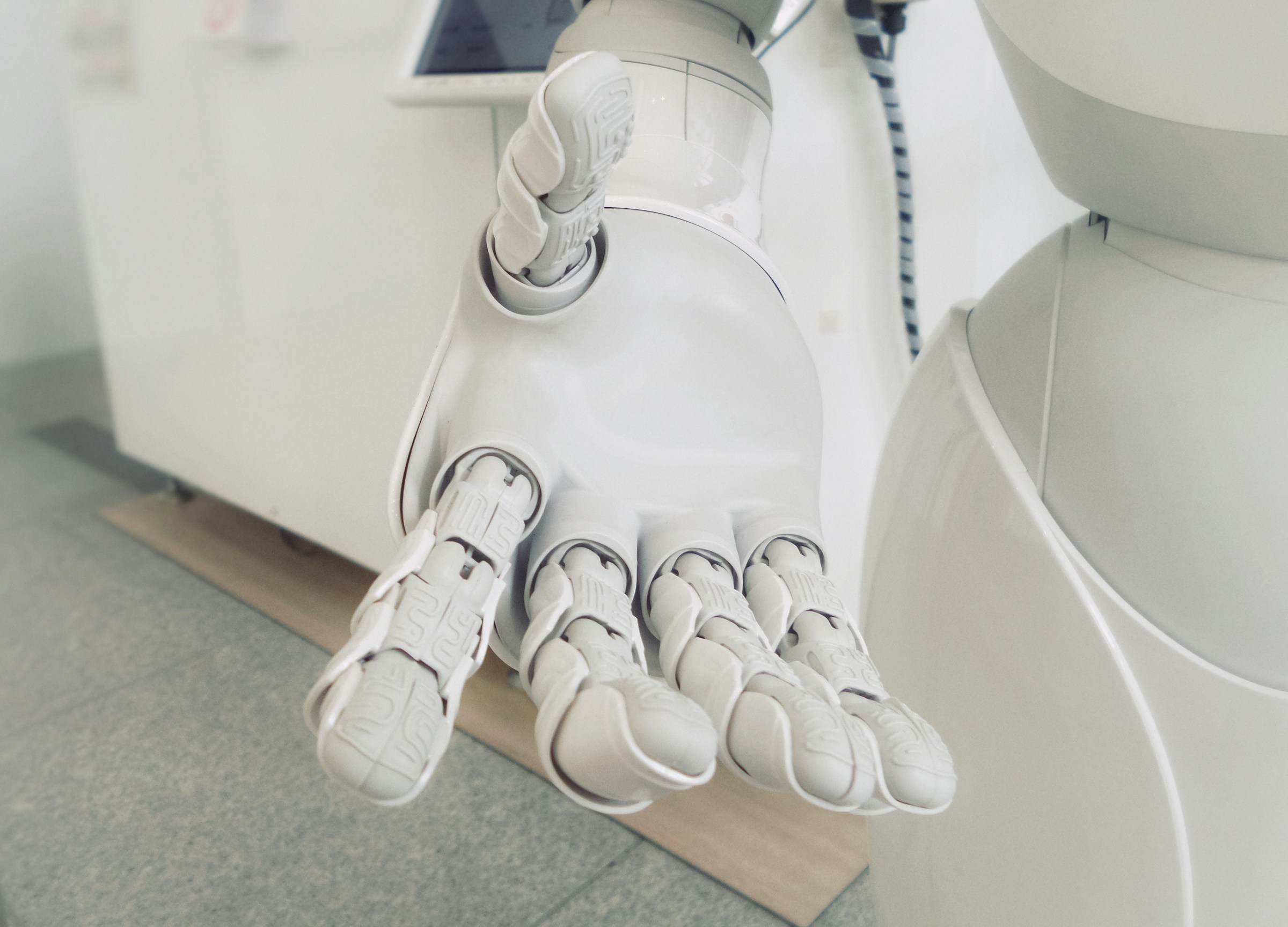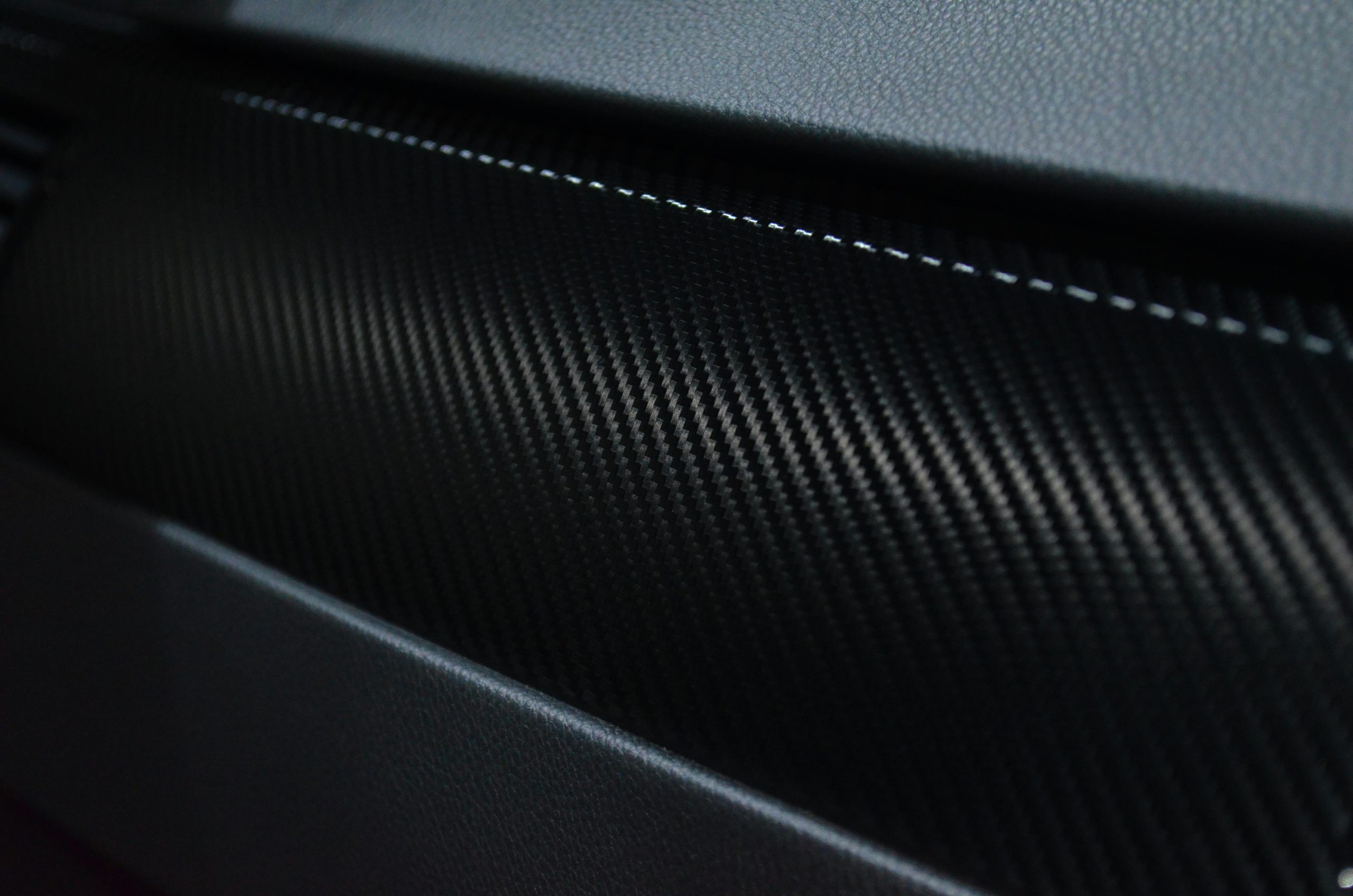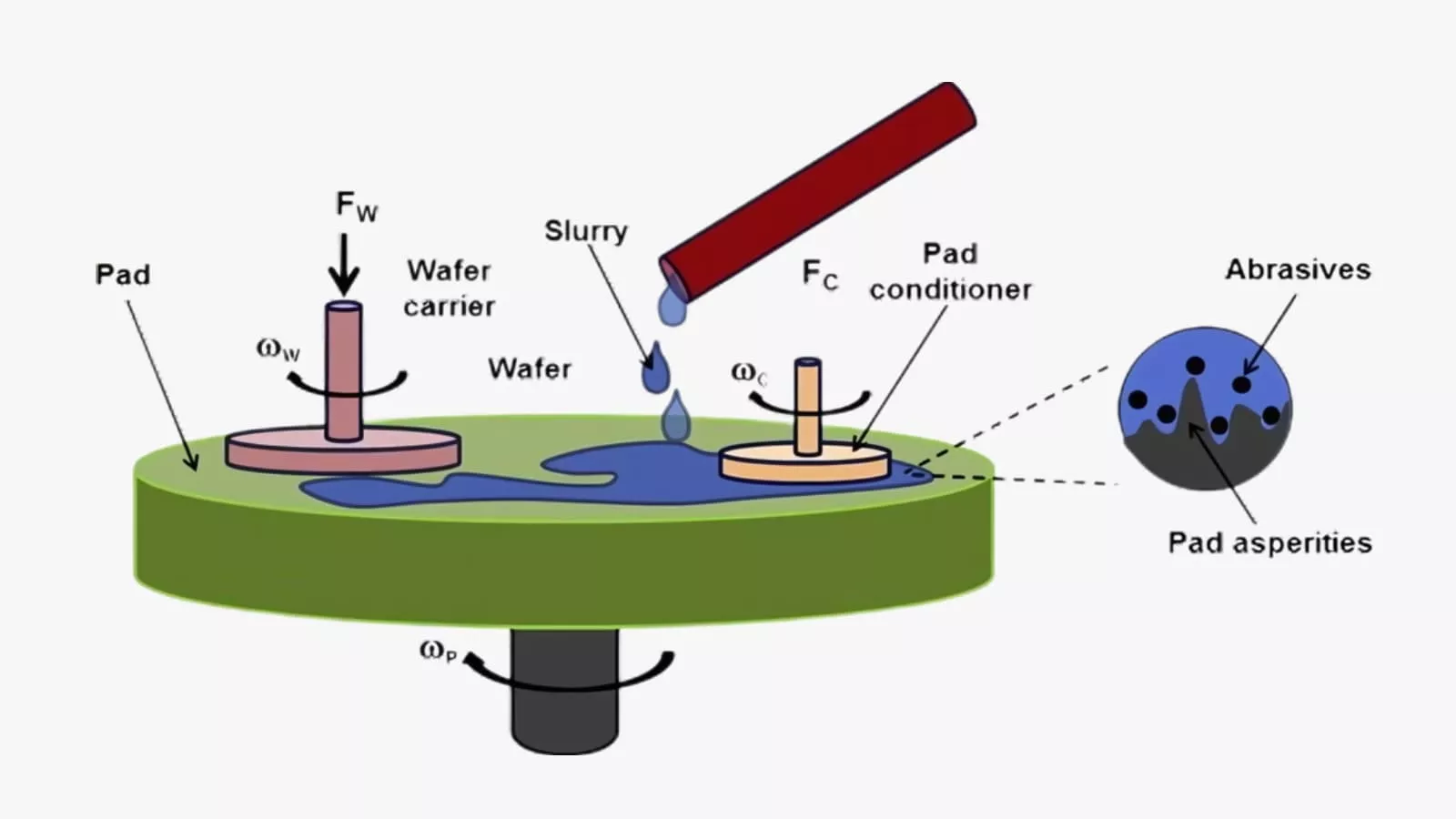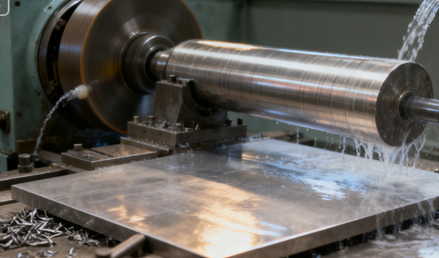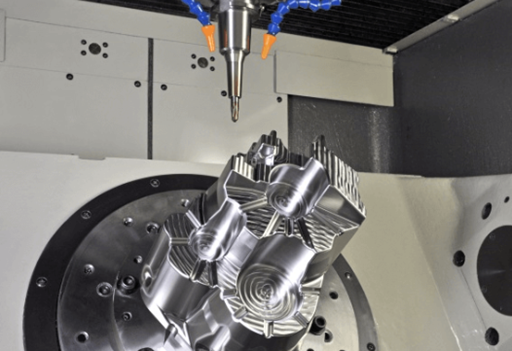What Is Plastic Fabrication?
Plastic fabrication is basically how we turn raw plastic—like pellets, sheets, or gooey resins—into all kinds of finished products. It’s super flexible and used in everything from kitchen stuff to high-tech airplane parts. That’s why industries like automotive, aerospace, and even healthcare love using plastic—it’s just that versatile.
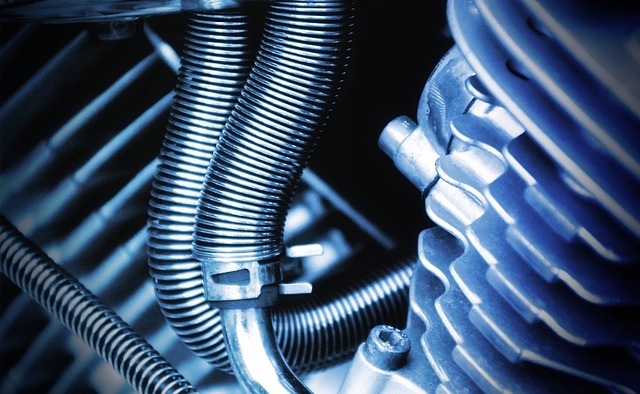
Plastic fabrication is the art of turning potential into purpose. From a raw resin, endless possibilities emerge—films that protect, molds that define, components that drive innovation. This process is a blend of creativity and engineering, where form meets function with exacting precision. With its unmatched ability to customize and scale, plastic fabrication doesn’t just keep pace with modern manufacturing—it pushes it forward, unlocking what’s next.
Common Plastic Fabrication Techniques
1. Injection Molding
So, injection molding—yeah, that’s the American spelling—is a super common way to make stuff by squirting melted material into a mold. You can use all kinds of materials, like plastics, metals (which is called die-casting), rubbery stuff, even candy. You heat the material in a barrel, mix it with a big screw, then shoot it into a mold where it cools and takes shape. Once someone designs the part (usually an engineer or industrial designer), a toolmaker makes the mold out of metal, often aluminum or steel. This method’s everywhere—from tiny buttons to whole car panels. And get this: with 3D printing, you can even whip up simple molds now for lower-temp plastics. Pretty slick.
Injection molding works with a specialized machine made up of three main parts: the injection unit, the mold, and the clamp. But here’s the thing—if you want your parts to come out right, they’ve got to be designed carefully. You have to think about the type of plastic you’re using, the shape you want, what the mold’s made of, and even how the machine itself behaves. It’s a lot to consider, but that’s also what makes injection molding so flexible—you can do a ton with it if you get the details right.
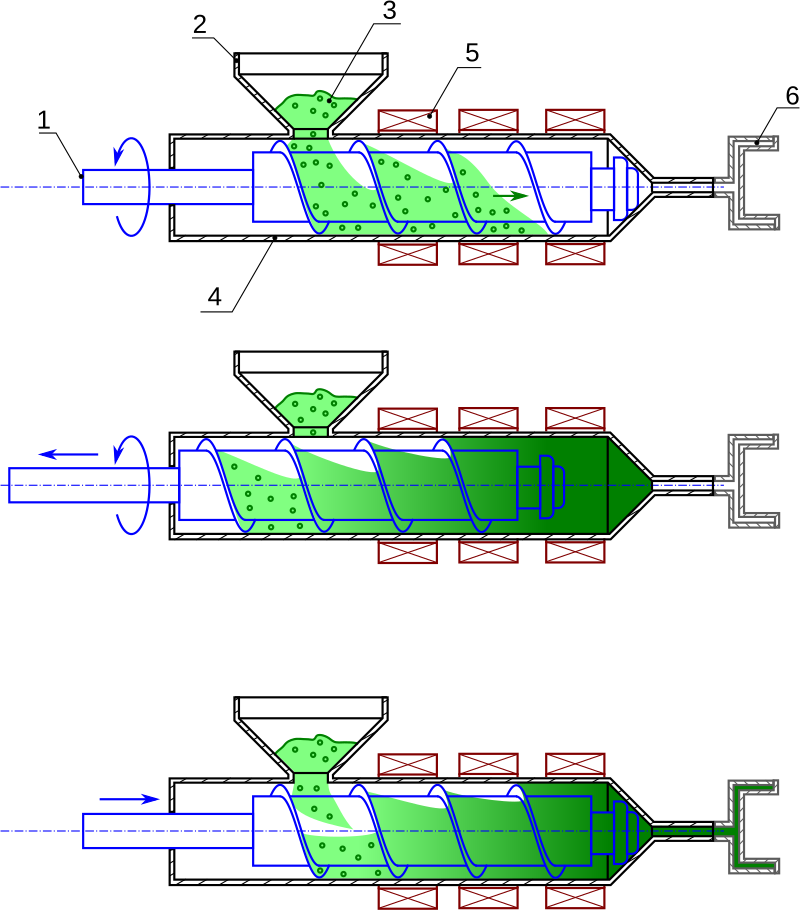
2. Reaction Injection Molding (RIM)
Reaction injection molding (RIM) is similar to injection molding except that thermosetting polymers are used, which requires a curing reaction to occur within the mold.RIM is a process where two liquid components are mixed and injected into a mold, where they chemically react and cure to form a solid part. This technique is particularly useful for producing large, lightweight parts with complex geometries.
Process Steps:
Component Mixing: Two reactive liquid components (e.g., polyol and isocyanate) are mixed under high pressure.
Injection: The mixture is injected into a mold cavity.
Curing: The chemical reaction occurs within the mold, curing the material into a solid form.
Ejection: The mold opens, and the finished part is removed.
The most common material used in RIM is polyurethane—people usually just call it PU-RIM. But it’s not the only option. You’ve also got polyureas, polyesters, nylon 6, and a bunch of others like polyepoxides and polyphenols. When it comes to polyurethane specifically, the process involves mixing two parts: one is polyisocyanate, and the other is a blend of stuff like polyol, a surfactant, a catalyst, and a blowing agent. It’s all about getting the right chemical mix to make it work.
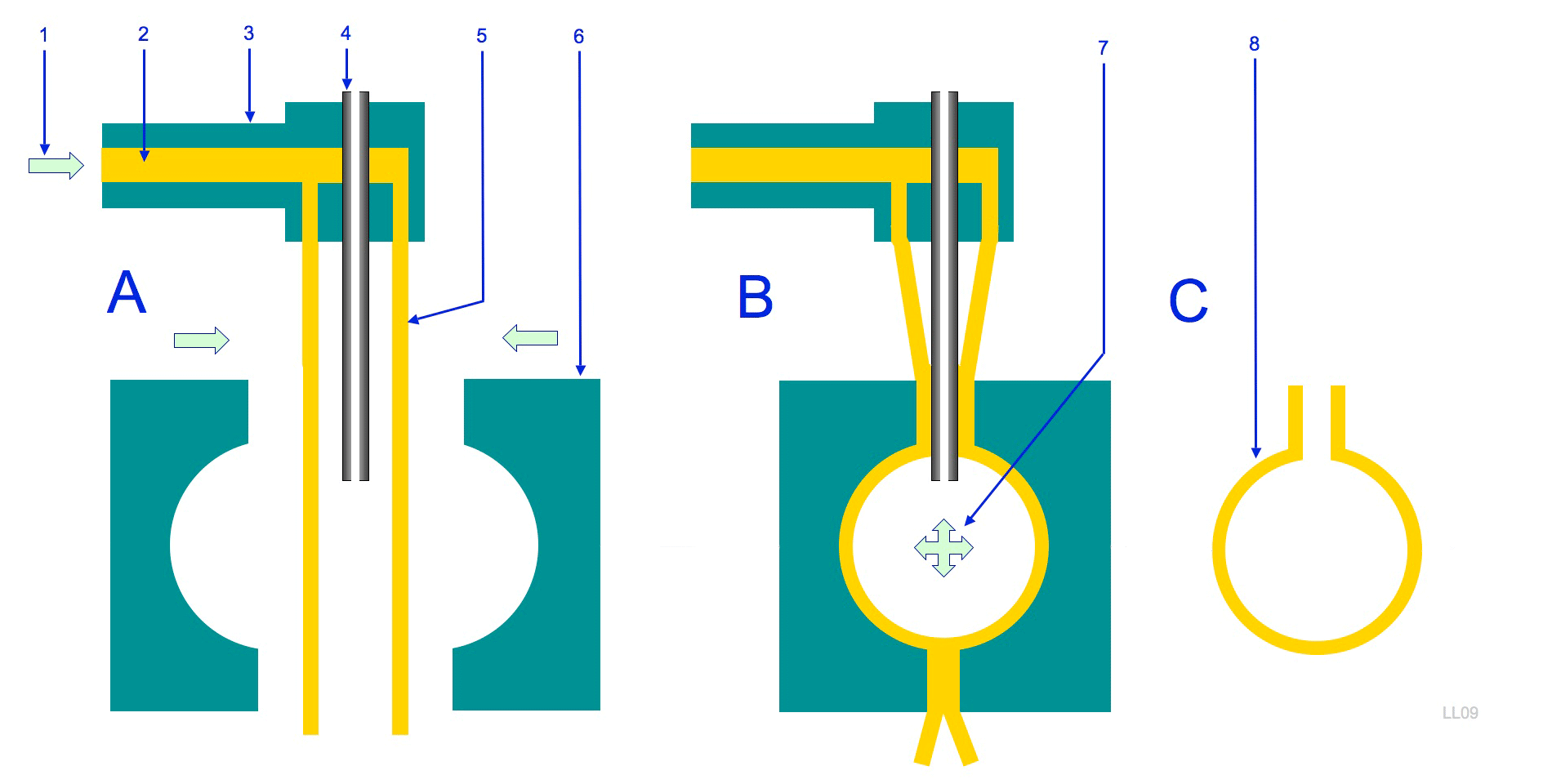
3. Blow Molding
Blow molding is a way to make hollow plastic stuff—think bottles, containers, that kind of thing. It’s even used for shaping glass bottles, too. There are three main types you’ll run into: extrusion blow molding, injection blow molding, and injection stretch blow molding. Each one has its method, but the goal is the same—making hollow shapes that are strong and consistent.
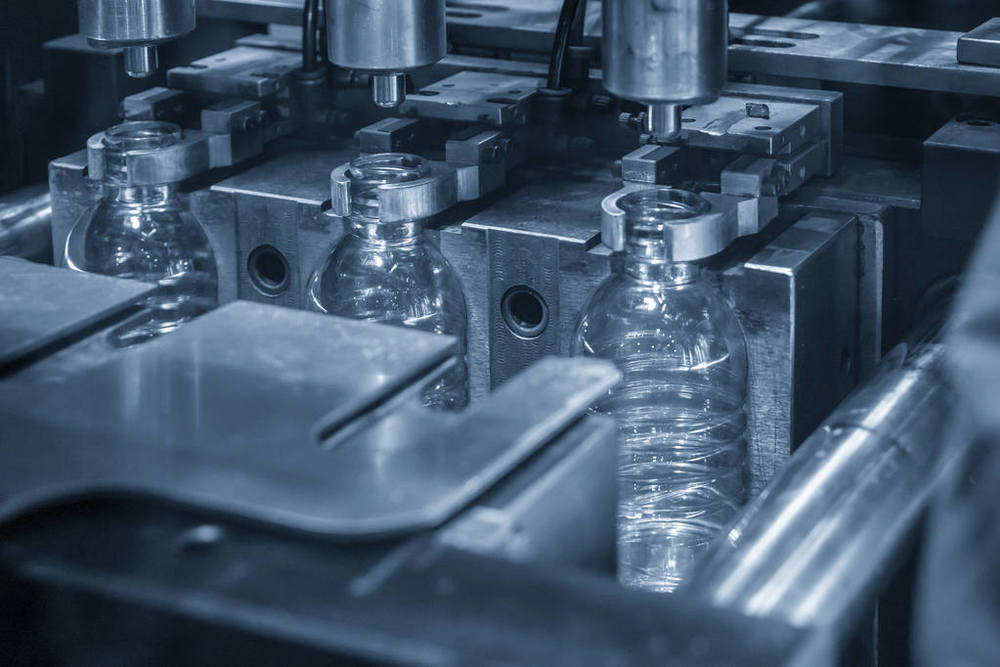
l Extrusion Blow Molding (EBM)
Used For: Large containers, bottles, automotive ducts, and industrial parts.
- Melting the Plastic
First, plastic pellets go into an extruder where they get heated up until they melt into a smooth, gooey mess.
- Making the Parison
That melted plastic gets pushed out into a tube shape—this is called a parison—and it hangs there, still hot and soft.
- Closing the Mold
Next, the mold closes around the parison and seals it at the bottom, kind of like pinching off a balloon.
- Blowing Air
Air is then blown into the parison through a special pin, which makes the plastic balloon out to match the shape inside the mold.
- Cooling Down
While it’s still in the mold, the plastic part cools off and hardens into its final shape.
- Mold Opening
Once it’s cooled enough, the mold opens up, and the shaped piece is ready to come out.
- Opening the Mold
Any extra bits of plastic (called flash) are trimmed off, and sometimes it gets a bit of extra finishing to clean things up.
l Injection Blow Molding (IBM)
Used For: Small, high-precision containers (e.g., pharmaceutical bottles).
- Making the Perform
Plastic gets injected into a preform mold while it’s sitting on a core rod. What comes out is a solid piece with the bottle’s neck already shaped.
- Cooling and Moving
The preform cools down and hardens right there on the rod. Then the rod spins around to move it to the next station.
- Mold Closing
A blow mold snaps shut around the preform, getting it ready for shaping.
- Blowing It Up
Air gets blasted through the core rod, inflating the preform until it fills out the mold completely.
- Cooling Again
Now the container cools down inside the mold, so it holds its new shape.
- Mold Opens & Part Ejects
Once it’s solid, the mold opens and the finished container pops out, ready to go.
l Injection Stretch Blow Molding (ISBM)
Used For: PET bottles (e.g., carbonated drink bottles), high clarity and strength.
- Preform Injection
It all starts with injection molding a preform that already has the bottle’s neck finished.
- Preform Conditioning
Then the preform either cools down or gets reheated so it’s at just the right temperature for stretching.
- Transfer to Blow Mold
Next, it gets moved over to the blow molding station for the next big step.
- Stretching
A rod stretches the preform down lengthwise, giving it its vertical shape.
- Air Blowing
At the same time, compressed air blows into it, expanding the plastic outward to fit the mold perfectly.
- Cooling
Once it’s shaped, the mold cools the plastic so it hardens into the final form.
- Mold Opening & Ejection
The mold opens, and just like that, the finished bottle is ready to pop out.
Injection molding machines in a large factory
4. Extrusion
Extrusion’s basically a way to make things with a consistent shape—like tubes, rods, or window frames—by pushing material through a mold (called a die) that matches the shape you want. What makes it super useful is that it can handle complex designs, way more than a lot of other manufacturing methods. It’s also great for working with brittle materials, since it uses only compressive and shear forces—no tension, which means less chance of breaking. The final product usually comes out with a smooth surface, and you get a lot of freedom to shape it how you like.
Depending on what you’re making, extrusion can run continuously—so you get super long pieces—or in sections if you just need individual parts. And it’s not limited to just metal or plastic; you’ll find it used with ceramics, concrete, and even food. Whatever comes out at the end of the die is called an “extrudate,” and it can take on just about any form you can dream up.

5. Thermoforming
Thermoforming is heating up a plastic sheet until it’s soft and bendy, then stretching it over or into a mold to shape it. After it cools down, the shaped plastic gets trimmed into the final product. When the plastic sheet is really thin, it’s often called a film. This process is different from things like injection molding or blow molding. You see thin-gauge thermoforming all the time in disposable cups, lids, trays, and packaging—stuff you find in food, medical, and retail products. On the other hand, thick-gauge thermoforming is used for bigger, tougher things like car door panels, fridge liners.
Common types of molds
- Aluminium mold: Aluminum molds are the most popular choice for thermoforming. They heat up and cool down super fast because of their great thermal conductivity. Plus, they’re lightweight and easy to work with, which makes shaping and finishing them a breeze. They hold up well, too, so they’re perfect if you’re making a medium to large number of parts.
- Wooden mold: Used mainly for prototype or short-run molds. Easy and inexpensive to shape and modify. Not suitable for long runs because it degrades quickly under heat and pressure. Often combined with a coating or surface treatment to improve durability.
- Plastic mold: Plastic molds are usually picked for low-volume jobs or prototypes. They’re cheaper and quicker to make than metal molds, but they don’t last as long. Sometimes they add fibers to make them stronger, which helps a bit.
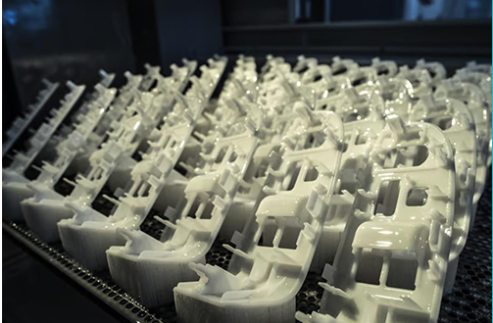
6. 3D Printing
3D printing, also called additive manufacturing, is making a 3D object from a digital design, like a CAD file. The machine builds it up layer by layer, adding material—whether that’s plastic, liquid, or powder—and fusing it under computer control. It’s like stacking thin sheets until you get the full shape.
Design: First, you make a 3D model of what you want using CAD software.
Slicing: Then, that model gets sliced up into thin layers like stacking pancakes.
Printing: Next, the 3D printer starts laying down material layer by layer, following those slices.
Post-Processing: Finally, once printing’s done, the object might need a little cleanup, curing, or some finishing touches to get it ready.

7. Compression Molding
Compression molding is a pretty intense process that uses both high pressure and high heat to shape thermosetting plastics and composite materials. It starts by placing a pre-measured amount of the material into a heated, open mold. Then the mold is closed, and a press pushes down to spread the material evenly throughout the cavity. While that pressure holds, the heat cures the material until it hardens into the final shape.
One of the best things about compression molding is that it can handle big, detailed parts without costing a fortune. It’s cheaper than methods like injection molding and wastes less material, which is awesome when you’re working with pricey compounds.
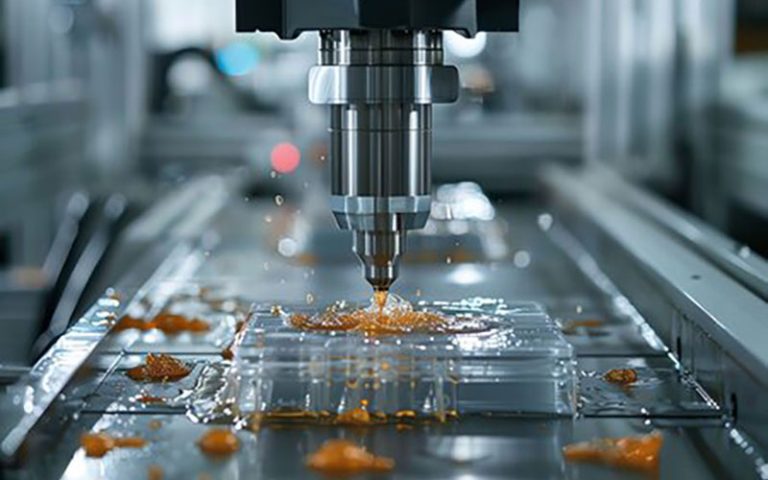
But, it’s not perfect — sometimes the products don’t come out super consistent, and flashing (extra material on edges) can be tricky to control. Still, compared to injection molding, there are fewer weak spots and less fiber damage. Compression molding is also one of the few ways to make really big parts that extrusion can’t handle. Common materials include polyester, fiberglass resins, Torlon, Vespel, PPS, and PEEK.
8. Rotational Molding
Rotational molding, or rotomolding, is a way to make big, hollow plastic parts. It works by heating plastic inside a mold while spinning it around two axes, so the material coats the inside evenly. It’s not a high-pressure process, which helps keep things simple. It’s great for making large items like oil tanks, and the molds themselves are way cheaper than with other methods. Plus, there’s barely any waste, and you can often reuse the extra material. That makes it both budget-friendly and better for the environment.
Material requirements
When it comes to picking the right plastic for rotational molding, there are a few things to keep in mind.
- The plastic needs to be able to handle the high heat inside the mold without breaking down—that means it has to be thermally stable.
- Since the molten plastic touches air in the mold, there’s a risk of oxidation, which can mess with the quality of the final part. So, it’s important to use a plastic that has enough antioxidants in it to hold up during the process.
- Because this method doesn’t use pressure to push the material around, the plastic needs to flow easily on its own, and the part’s design has to help with that flow too.
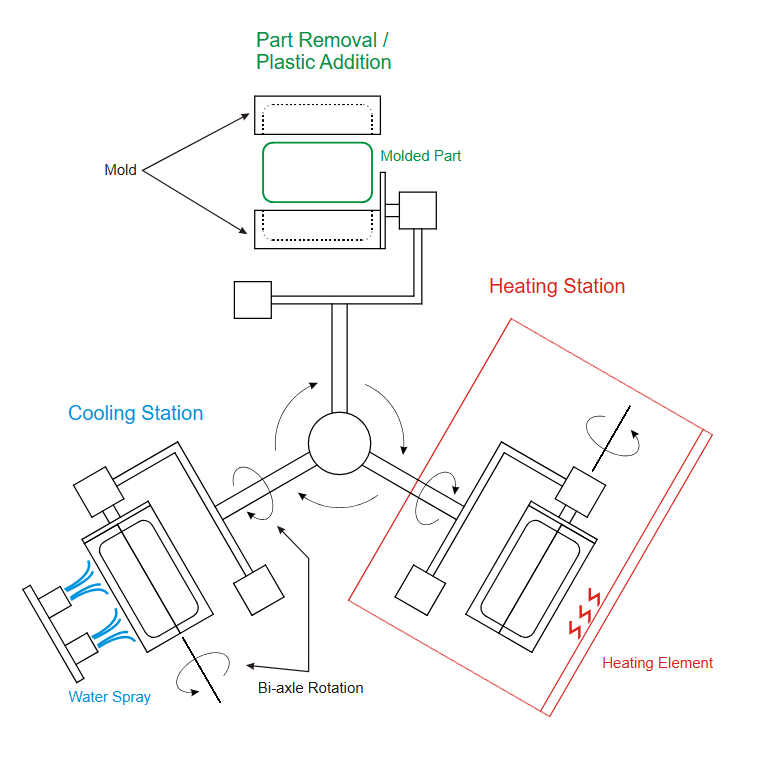
Commonly Used Materials in Plastic Fabrication
Thermoplastics: Materials that can be melted and reformed multiple times.
Polyethylene (PE)
Polyethylene is one of those go-to plastics because it’s super versatile and easy to work with. It’s made by linking together ethylene molecules, and depending on how it’s structured, it comes in a few different forms—like LDPE, which is softer and more flexible, HDPE, which is tougher and more rigid, and LLDPE, which lands somewhere in between. Each type has its own strengths, which makes polyethylene useful for tons of different products.
Properties:
- Density: Varies by type; LDPE is less dense than HDPE.
- Chemical Resistance: Excellent resistance to acids, bases, and alcohols.
- Electrical Insulation: Good dielectric properties.
- Impact Resistance: High, especially in low temperatures.
- Moisture Resistance: Very low water absorption.
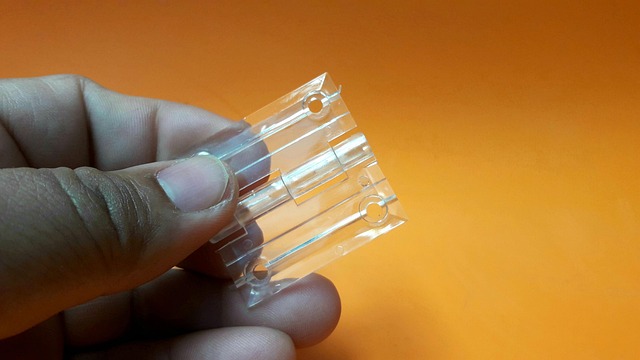
Polypropylene (PP)
Polypr opylene is another super useful plastic. It’s made from propylene molecules and stands out because it’s tough, flexible, and can handle a bunch of different chemicals without breaking down. That makes it great for everything from food containers to car parts—it holds up well and is easy to work with.
Properties:
- Density: Approximately 0.9 g/cm³.
- Chemical Resistance: Excellent resistance to acids, bases, and organic solvents.
- Fatigue Resistance: High, making it ideal for applications requiring repeated flexing.
- Thermal Resistance: Good, with a melting point around 160°C.
- Electrical Insulation: Excellent dielectric properties.
Polyvinyl Chloride (PVC)
Polyvinyl Chloride, or PVC for short, is a super common plastic made by linking up vinyl chloride molecules. It’s everywhere—from pipes and window frames to credit cards—because it’s strong, durable, and easy to make. It’s one of the most widely used plastics out there.
Properties:
- Density: Approximately 1.38 g/cm³.
- Chemical Resistance: Good resistance to acids, bases, and alcohols.
- Electrical Insulation: Good dielectric properties.
- Impact Resistance: Moderate; can be improved with plasticizers.
Moisture Resistance: Very low water absorption.
Acrylonitrile Butadiene Styrene (ABS)
ABS—short for Acrylonitrile Butadiene Styrene—is a plastic made by mixing three different ingredients: acrylonitrile, butadiene, and styrene. The result? A tough, strong plastic that’s easy to shape. That’s why you’ll see it used in everything from LEGO bricks to car parts—it’s sturdy and super practical.
Properties:
- Density: Approximately 1.06–1.08 g/cm³.
- Chemical Resistance: Good resistance to dilute acids and alkalis.
- Impact Resistance: High, even at low temperatures.
- Thermal Stability: Moderate; can be affected by high temperatures.
- Surface Finish: Smooth and glossy.
Thermosets: Materials that undergo a chemical change when heated, setting into a rigid form.
Epoxy
Epoxy resins are super tough plastics made when epoxy groups react with special curing agents. They’re known for sticking well to surfaces, holding up against chemicals, and being incredibly strong. That’s why they’re a favorite in everything from coatings and adhesives to electronics and construction.
Properties:
- Adhesion: Exceptional bonding to various substrates, including metals, plastics, and glass.
- Chemical Resistance: Resistant to a wide range of chemicals, making them suitable for harsh environments.
- Mechanical Strength: High tensile and compressive strength, ensuring durability.
- Thermal Stability: Withstands elevated temperatures without significant degradation.
- Electrical Insulation: Provides excellent electrical insulating properties.
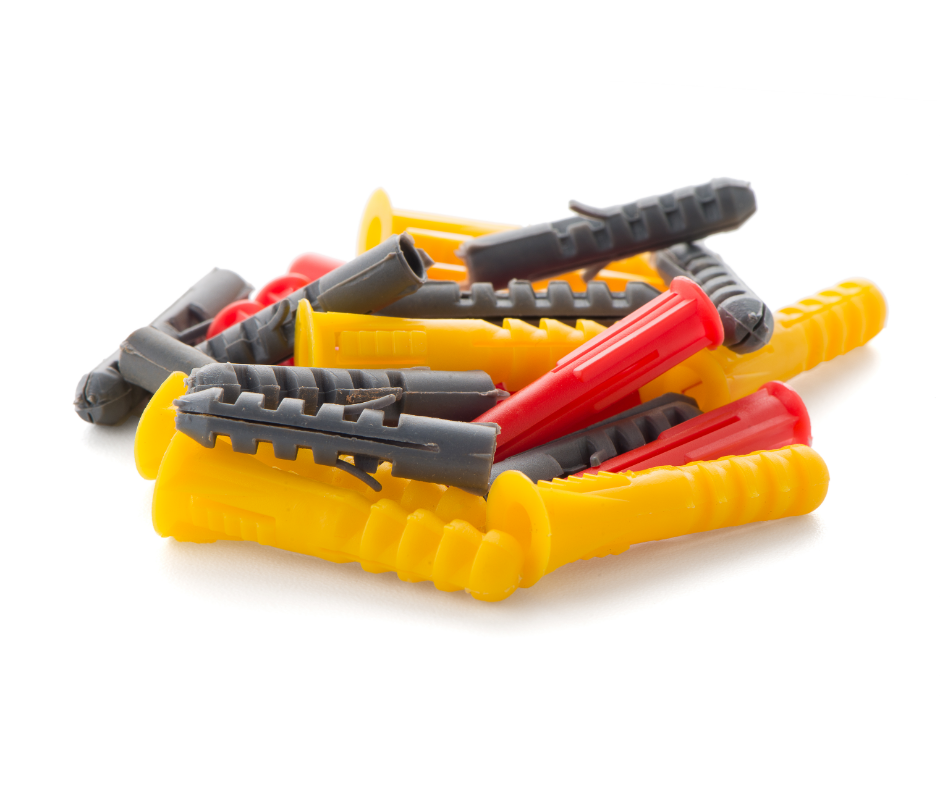
Phenolic
Phenolic resins are some of the oldest synthetic plastics out there. They’re made by combining phenol and formaldehyde, and the result is a super tough material that holds up well under heat. That makes them perfect for stuff like electrical components, brake pads, and even cookware handles.
Properties:
- Thermal Stability: Can withstand temperatures up to 300°C (572°F) without degrading.
- Chemical Resistance: Exhibits excellent resistance to acids, alkalis, and solvents.
- Mechanical Strength: High tensile strength and dimensional stability.
- Flame Retardancy: Inherently flame-resistant due to their aromatic structure.
- Density: Approximately 1.3–1.4 grams/cc.
Melamine
Melamine resin, also called melamine-formaldehyde resin, is a tough plastic made by combining melamine and formaldehyde. It’s really hard and durable, plus it doesn’t mind heat or chemicals, which is why it’s used in things like dinnerware, laminates, and countertops.
Properties:
- Hardness: Exhibits high surface hardness and scratch resistance.
- Thermal Stability: Resistant to heat, making it suitable for high-temperature applications.
- Chemical Resistance: Resistant to a variety of chemicals.
- Electrical Insulation: Provides good dielectric properties.
- Density: Approximately 1.4 grams/cc.
Elastomers: Rubber-like materials with elastic properties.
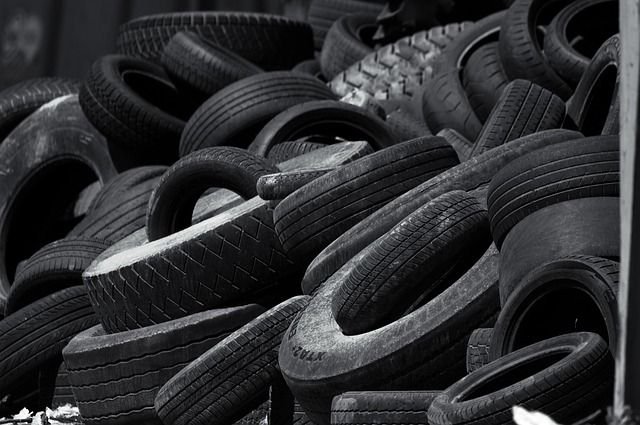
Natural rubber
Natural rubber comes from the sap of rubber trees and is super stretchy and tough. It bounces back really well and is strong enough to handle all kinds of uses, from tires to gloves.
Properties:
- Elasticity: Very high, allowing significant stretching and recovery.
- Tensile Strength: Strong with good abrasion resistance.
- Flexibility: Remains flexible over a wide temperature range (but limited heat resistance).
- Resistance: Good resistance to water and many chemicals, but poor resistance to oils, solvents, and ozone.
Silicone
Silicone is a man-made rubber made from silicon, oxygen, carbon, and hydrogen. It’s great because it can handle high temperatures and doesn’t react with most chemicals, so it’s perfect for tough jobs.
Properties:
- Thermal Stability: Can withstand extreme temperatures from -60°C to +230°C (or higher).
- Flexibility: Maintains flexibility at low temperatures.
- Chemical Resistance: Resistant to water, oxidation, UV light, and many chemicals.
- Electrical Insulation: Excellent dielectric properties.
Thermoplastic Elastomers (TPEs)
TPEs are a kind of plastic that acts like rubber but can be melted and recycled like regular plastics. They’re stretchy and bounce back to their original shape over and over without getting worn out.
Properties:
- Processability: Can be processed like plastics (injection molding, extrusion).
- Elasticity: High flexibility and resilience similar to vulcanized rubber.
- Recyclability: Unlike traditional rubber, TPEs can be melted and reformed.
- Chemical Resistance: Varies by formulation, but generally good.
- Temperature Range: Moderate thermal stability, usually up to 125°
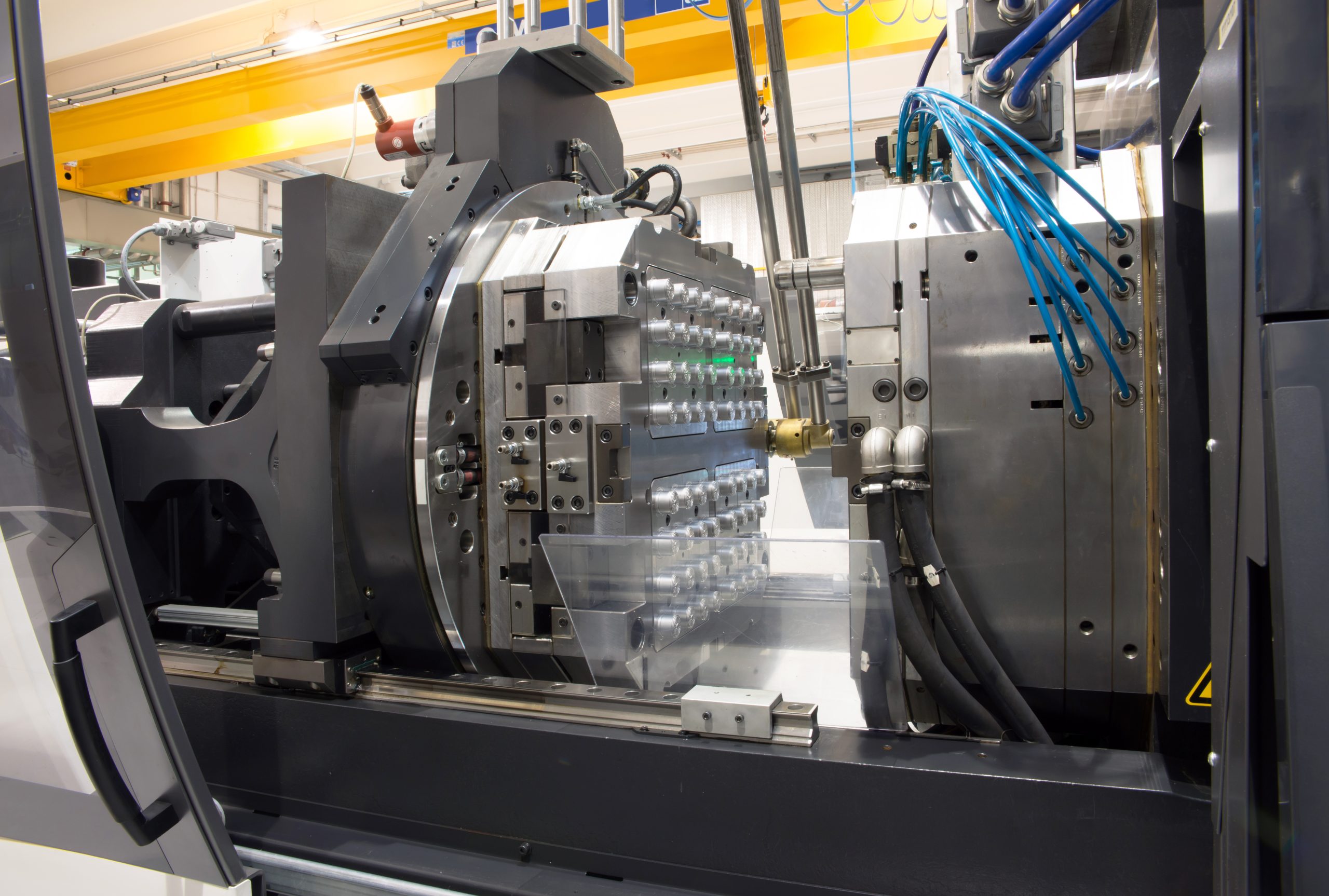
Advantages and Disadvantages of Plastic Fabrication
- High Efficiency and Scalability
One of the coolest things about plastic fabrication is how fast and scalable it is. Take injection molding—it can crank out thousands of parts every hour! That makes it awesome for big production runs. And the more you make, the more cost-effective it gets, all while keeping the quality consistent.
- Ability to Produce Complex Shapes with Precision
One of the best parts about advanced plastic fabrication is how detailed you can get. With injection molding, for example, you can make parts with all sorts of complex shapes, fine textures, and tricky angles—like undercuts—right out of the mold. That means less extra work afterward and more design freedom up front.
- Versatility in Material Selection
There are tons of different plastics out there, and each one brings something different to the table. Whether you need something strong, flexible, heat-resistant, or chemical-proof, there’s a material for that. You’ve got options like polyethylene, polypropylene, and polycarbonate—so whatever the job, there’s a plastic that fits.
- Cost-Effectiveness for Mass Production
Yeah, the upfront cost for plastic molds and tools can be pretty steep, but once you get into large-scale production, the cost per part drops fast. That’s the beauty of processes like injection molding and extrusion—they’re super efficient, so the more you make, the more you save.
Disadvantages of Plastic Fabrication
- Limited Wear Resistance
One downside to plastics is that they don’t hold up to wear and tear as well as metals. If you’re using them in something that’s constantly rubbing or grinding, they can wear out pretty quickly. That means parts might need to be replaced more often in those kinds of conditions.
- Material Limitations
Plastics are super versatile, but they’re not always the best choice when it comes to really tough jobs. If something needs to handle a lot of stress or carry heavy loads, metal or composite materials usually do a better job—they’re just stronger and more durable.
- Post-Fabrication Processes
Sometimes, making plastic parts isn’t just about molding or shaping them—you might need to do some extra work afterward. Things like trimming off excess material, painting, or adding a finish can take more time and money. It’s just part of getting the final product to look and work the way it should.
- Expansion and Dimensional Issues
One tricky thing with extrusion is something called die swell—basically, the hot plastic kind of puffs up when it comes out of the die. That makes it harder to get super precise shapes, and sometimes you’ve got to tweak the process or do extra quality checks to keep things on track.
Applications of Plastic Fabrication

Plastic fabrication is a big deal in the car world—it helps make vehicles lighter, safer, and better-looking. You’ll find it used all over the place, like in bumpers, dashboards, interior panels, and even under-the-hood parts that need to handle heat and wear.
Dashboard Components: Dashboard parts made with injection molding are super versatile. They’re lightweight, easy to shape into cool designs, and perfect for fitting in things like touchscreens, sensors, and other smart tech without any hassle.
Interior Panels: Plastics’s all over the inside of cars—things like seats, storage bins, cup holders, and air vents are often made from it. It’s great because it lets designers get creative while keeping everything functional and lightweight.
Bumpers: Plastic bumpers, usually made from polypropylene, are awesome at absorbing impacts. They can be made thicker or thinner in different spots to help soak up crashes and keep everyone safer.
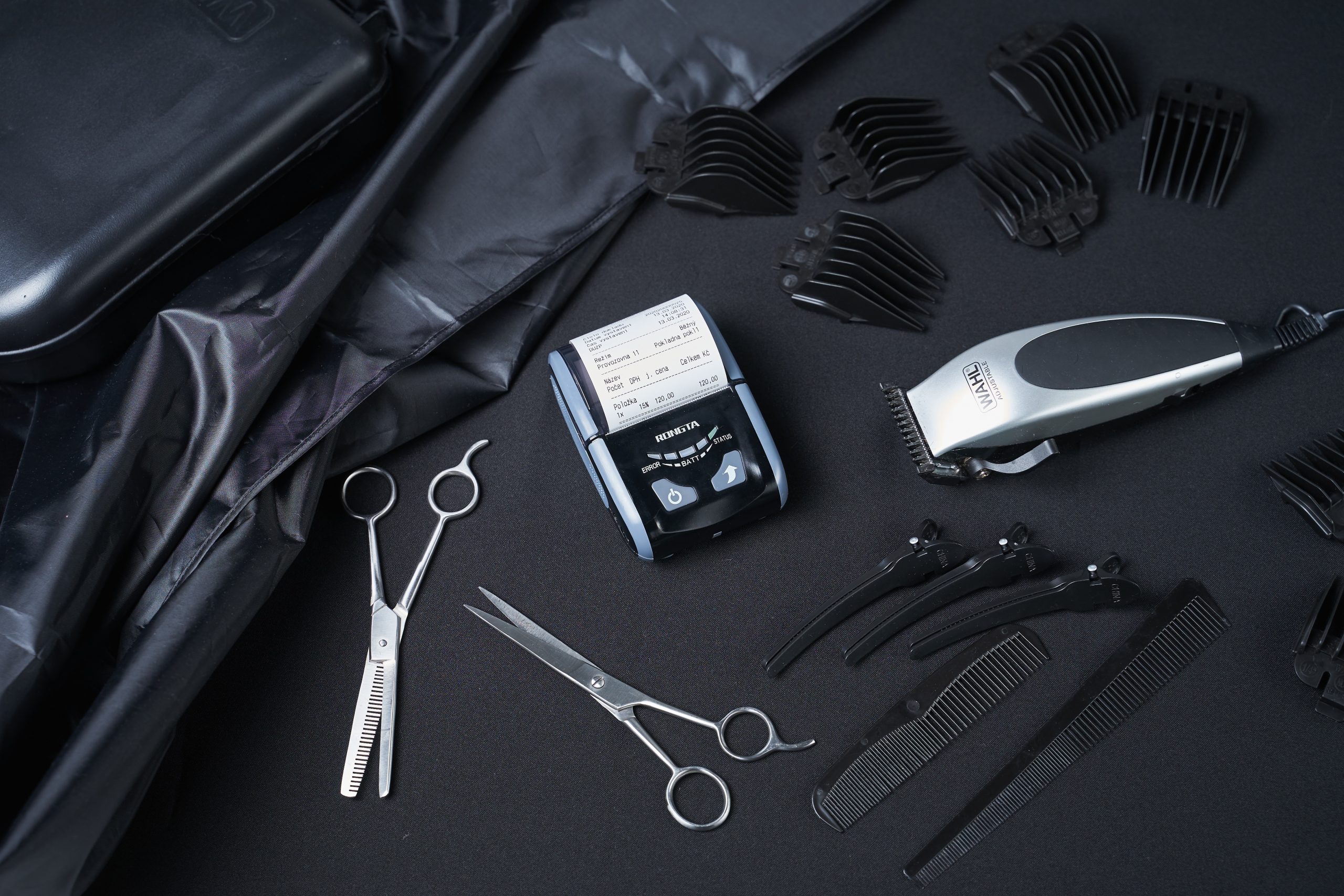
Plastic fabrication is a huge part of making everyday stuff—it’s tough, affordable, and super versatile. You’ll see it used in all kinds of things like packaging, home appliances, toys, and storage containers.
Packaging: Plastics are perfect for making bottles and containers—they’re light, tough, and don’t break easily. That’s why they’re everywhere, from water bottles to food jars to cleaning supply containers.
Household Items: Extruded plastics are great for making long, shaped items like window and door frames, curtain rods, and decorative moldings. They’re easy to shape, super sturdy, and work well in all kinds of home setups.
Toys: Extruded plastics are a go-to for making parts of kids’ toys—like building blocks, tracks, and rails—because they’re safe, super durable, and can be shaped into just about anything. Perfect for playtime that lasts.
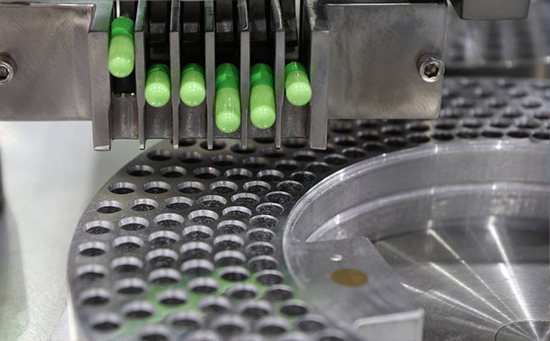
Plastic fabrication is a big deal in the medical world—it’s used to make all kinds of parts that need to be super precise and safe for the body. Think things like tubing, syringes, surgical tools, and even parts for medical devices.
Syringes and IV Components: Plastic molds are super useful for cranking out disposable medical gear like syringes, vials, and IV connectors. They’re quick to make, cost-effective, and help keep everything clean and safe for patients.
Diagnostic Equipment: Plastic fabrication plays a key role in making medical devices and equipment, especially parts for diagnostic machines. It helps keep things lightweight, precise, and durable, which is exactly what you need in a hospital or lab setting.
- Electronics
Plastics do a solid job of protecting electronic components—they help block out moisture, dust, and impacts, which keeps things running smoothly and lasting longer. That’s why they’re used in things like phone shells, remote controls, and computer parts.
Casings and Housings: Casings and housings made from plastic are super important in electronics—they keep the internal parts safe from drops, dust, and moisture, all while being lightweight and easy to shape into cool designs.
Connectors and Insulators: Connectors and insulators made from plastic help keep electronic parts safe by preventing electrical shorts and shielding them from damage and environmental factors like moisture and dust. They’re key to making sure devices work reliably.
Circuit Boards: Some types of plastics are used in making printed circuit boards (PCBs), giving them the right mix of strength, insulation, and heat resistance to keep all those tiny electronic parts working perfectly.

- Construction
The construction world takes advantage of plastics—they’re tough, lightweight, and super versatile. You’ll find them in everything from piping and insulation to window frames and flooring, making building easier, faster, and more efficient.
Piping Systems: Plastic piping—like PVC and HDPE—is a go-to in construction because it’s strong, doesn’t rust, and is way easier to install than metal pipes. That’s why it’s used all over the place, from plumbing to drainage systems.
Insulation Materials: Plastic-based insulation is a big win in construction—it’s super light, easy to work with, and does a great job keeping heat in or out. That makes it perfect for walls, roofs, and floors to help buildings stay energy-efficient.
Flooring Materials: Plastic flooring, like vinyl or laminate, is super popular because it’s tough, easy to clean, and holds up well in busy areas. Plus, it can be made to look like wood, tile, or just about anything else, without the high price tag.

About NOBLE
At NOBLE, we deliver world-class plastic fabrication solutions tailored to your project’s unique needs. From rapid prototyping to full-scale production, our custom plastic fabrication services are designed to meet the highest standards of quality and precision. No matter the complexity or scale, we are committed to your satisfaction—every part, every time.
- Consistency and High Quality
Owing to certified factories, conducting in-process inspections and dimensional verification after production, guarantees that the custom plastic fabrication parts are consistent in quality, regardless of the complex shape, with high precision.
- Competitive Pricing
We strive to provide our customers with cost-effective plastic fabrication solutions without compromising quality. We are committed to providing fair and transparent pricing to fit your budget and provide excellent value for money.
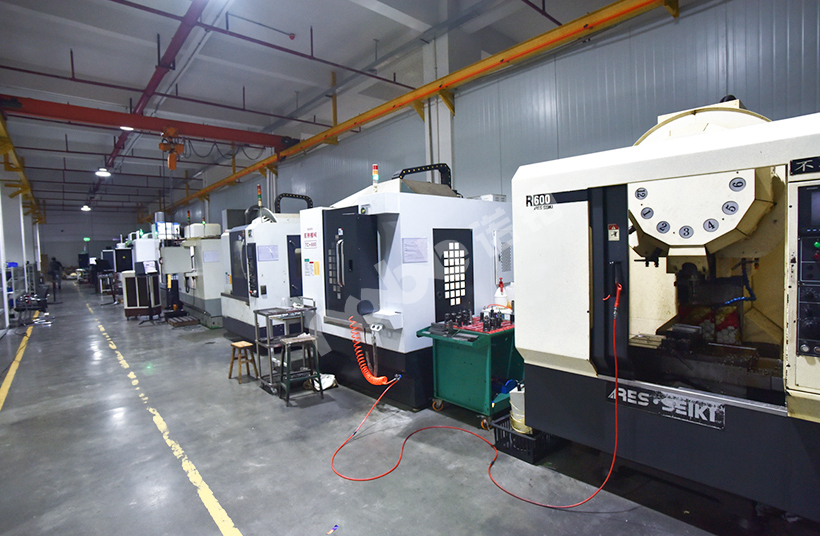
- No MOQ
No minimum order requirement helps move plastic parts from design to production in a fast turnaround and supports your on-demand plastic fabrication needs with reduced manufacturing cost.
- Comprehensive Capabilities
Work with experts with more than 10 years of experience in the plastic fabrication industry, familiar with HASCO and DME standards, strive to provide customers with greater value, and efficiently complete the transition from prototype design to production.
FAQ
How should I choose between injection molding and 3D printing?
So basically, with injection molding, you melt plastic and shoot it into a mold—that’s your go-to for mass-producing stuff. But if you’re just testing ideas or need something custom and low-volume, 3D printing’s your best friend. It builds things one layer at a time, straight from your computer design.
Is plastic fabrication environmentally friendly?
Kinda yes, kinda no. It depends on how the plastic is made and what it’s made of. Some methods don’t create much waste, and using recyclable plastic helps a lot. But let’s be real—not all plastics break down easily or can be recycled, so choosing the right materials from the start makes a big difference.
Is plastic fabrication suitable for high-strength applications?
Totally—if you pick the right kind of plastic. Stuff like PEEK, polycarbonate, and fiber-reinforced thermoplastics is tough enough to deal with heat, pressure, and chemicals, so they work great in extreme conditions.
How does your company handle customer orders?
With many years of manufacturing experience, NOBLE offers the best solutions for all rapid prototyping and low-volume manufacturing needs. We streamline the innovation cycle into four simple but effective steps.
- Upload Your Design
Simply upload your CAD files and submit RFQs with clear information online.
- Receive Design Analysis
We’ll send you a design for manufacturability analysis and transparent pricing.
- Start Manufacturing
Our experts will produce your parts with the required technologies and materials.
- Receive Your Parts
Your parts will be delivered to your door directly with stringent deadlines.


